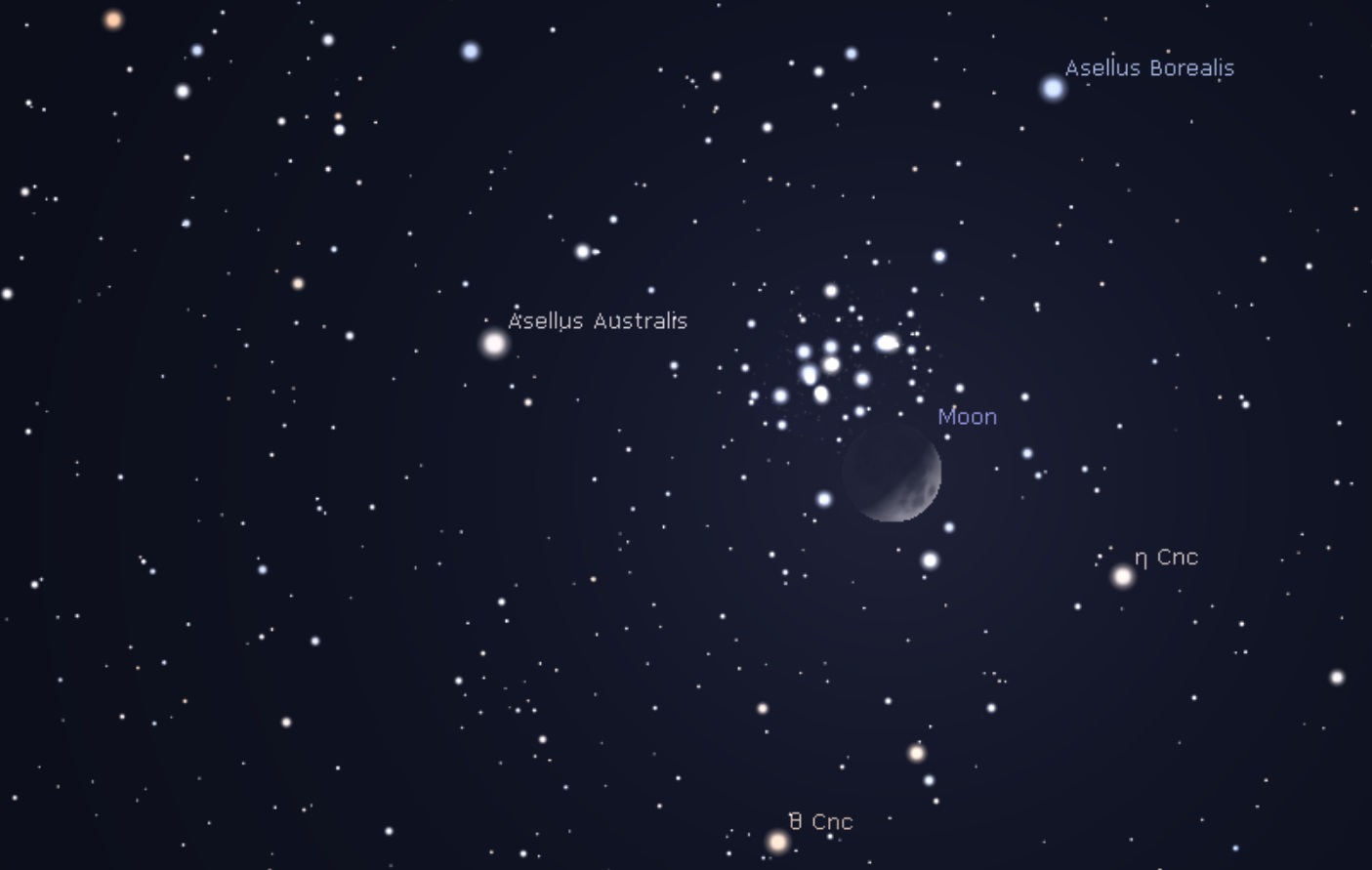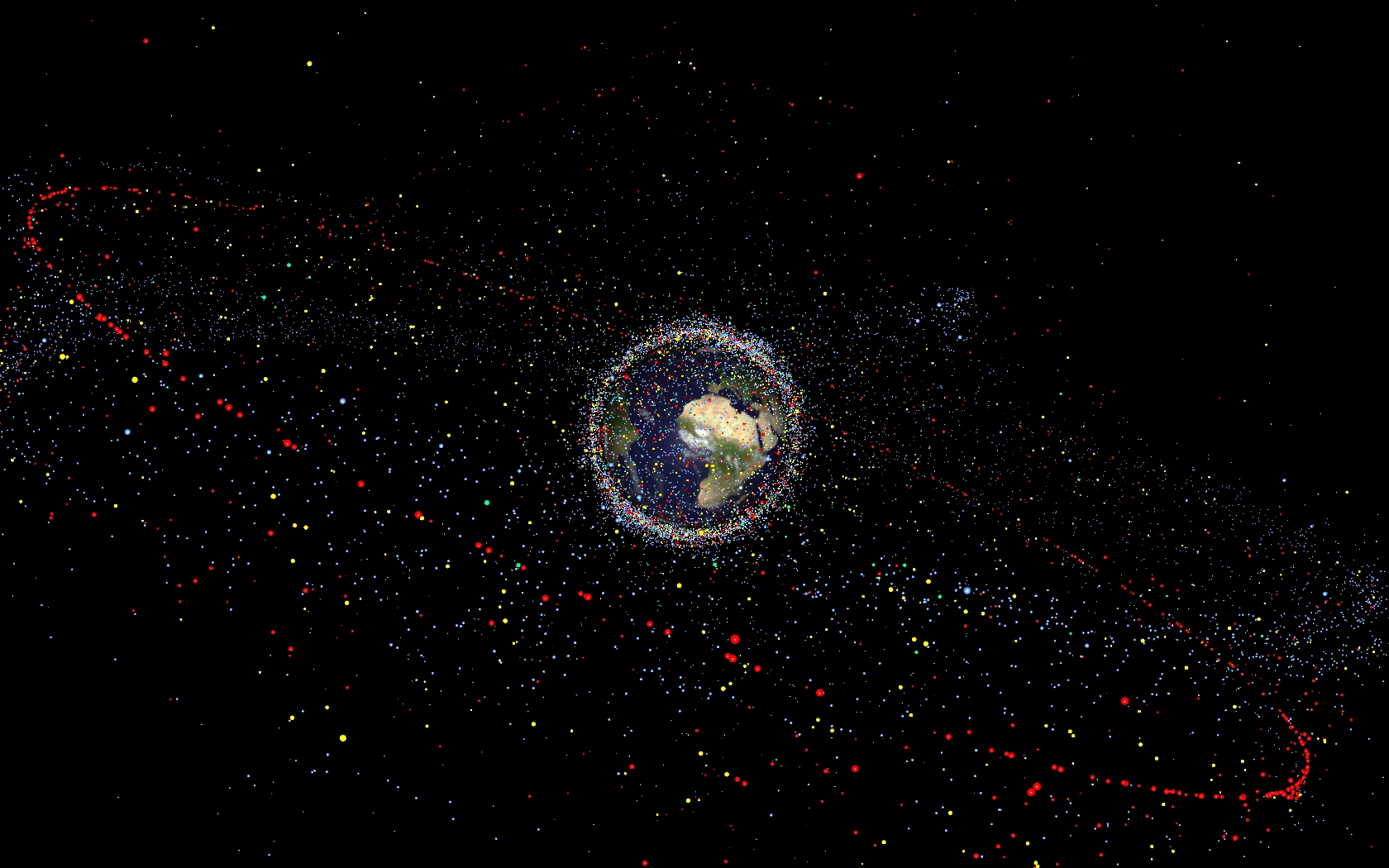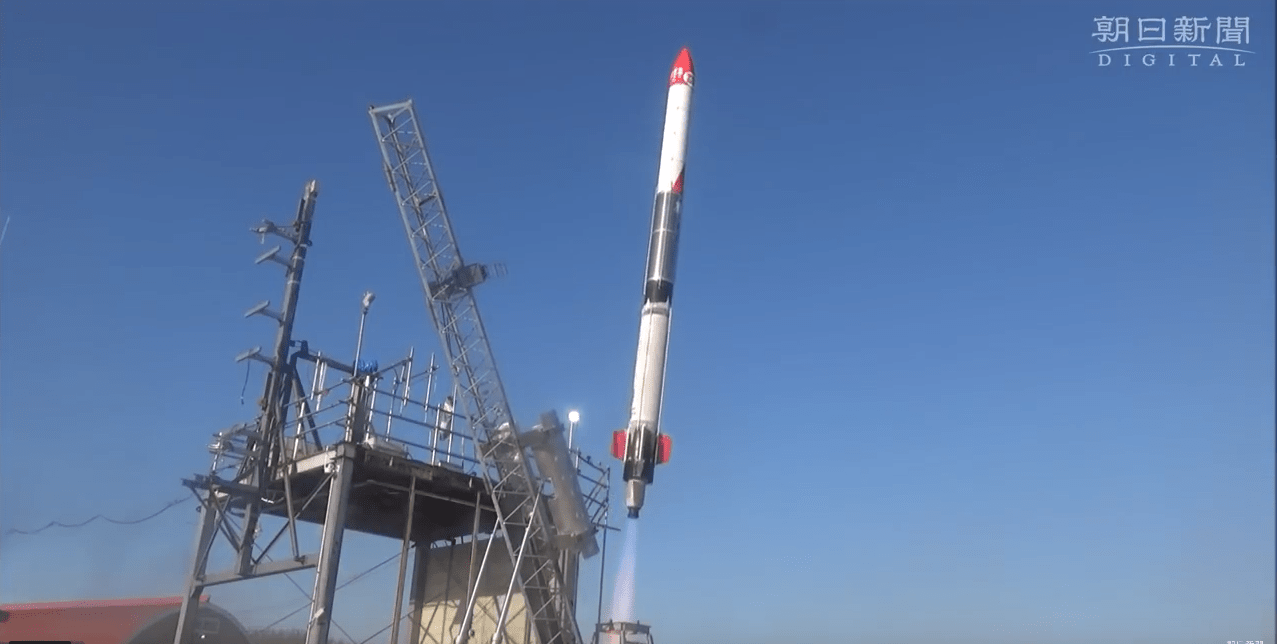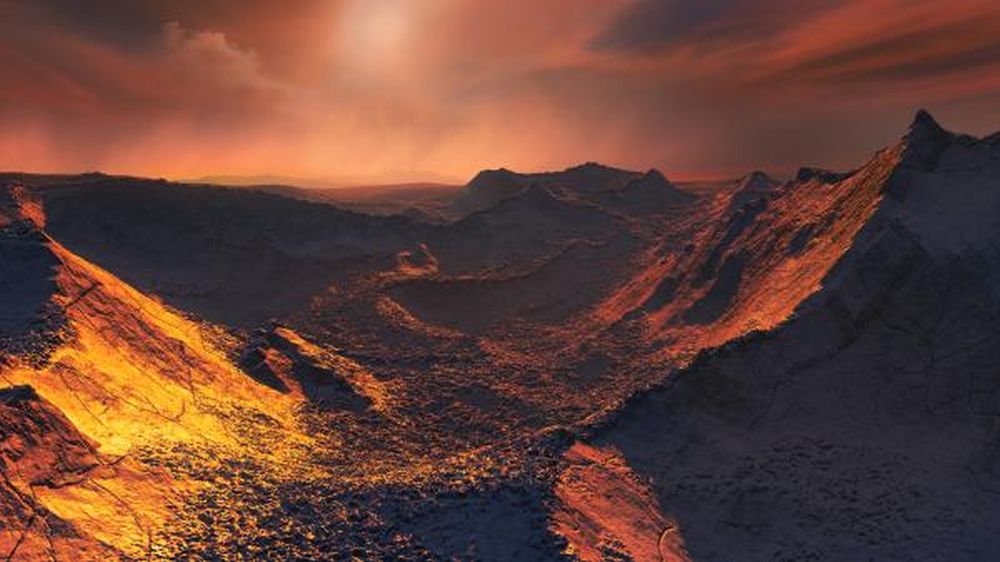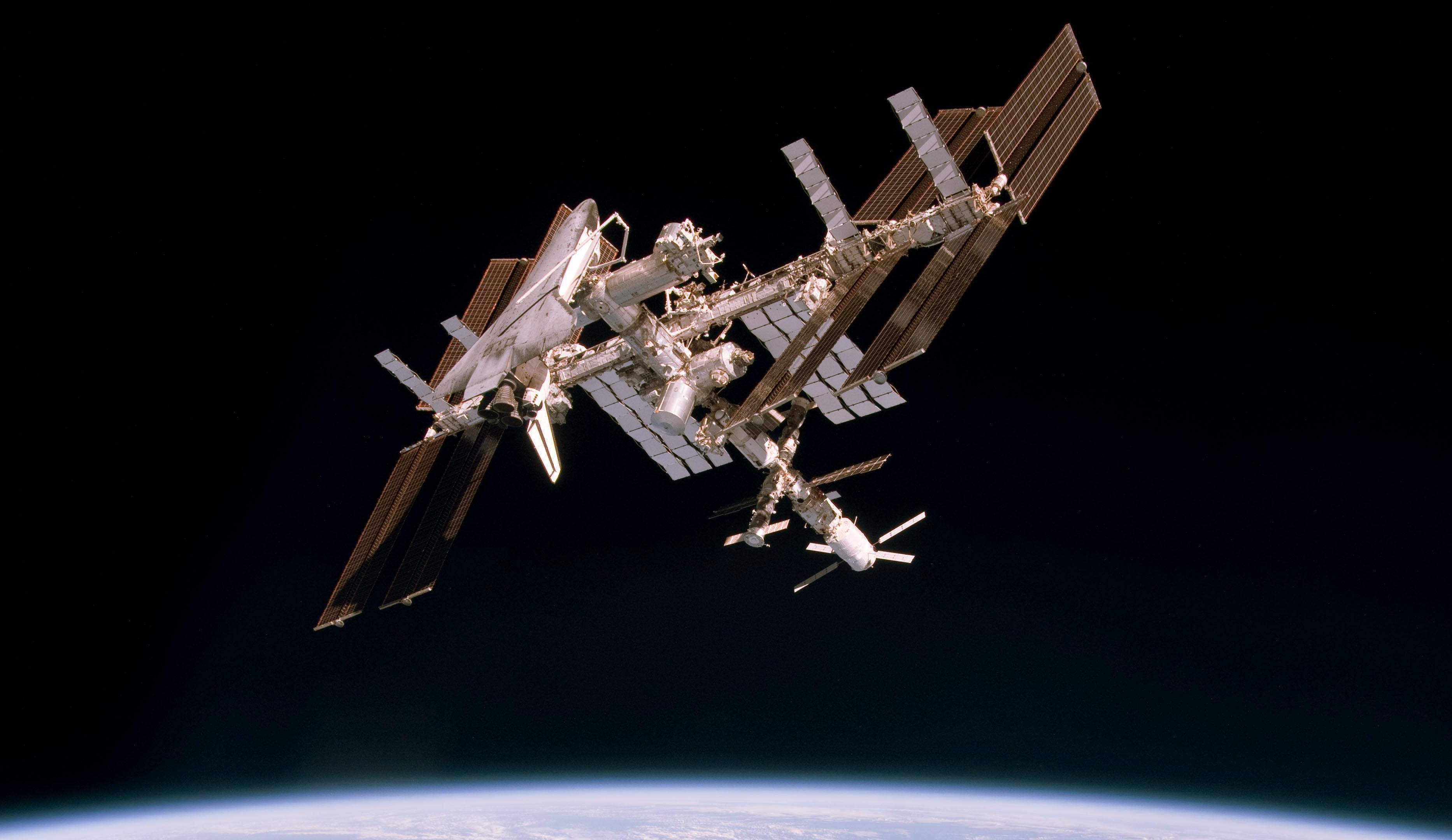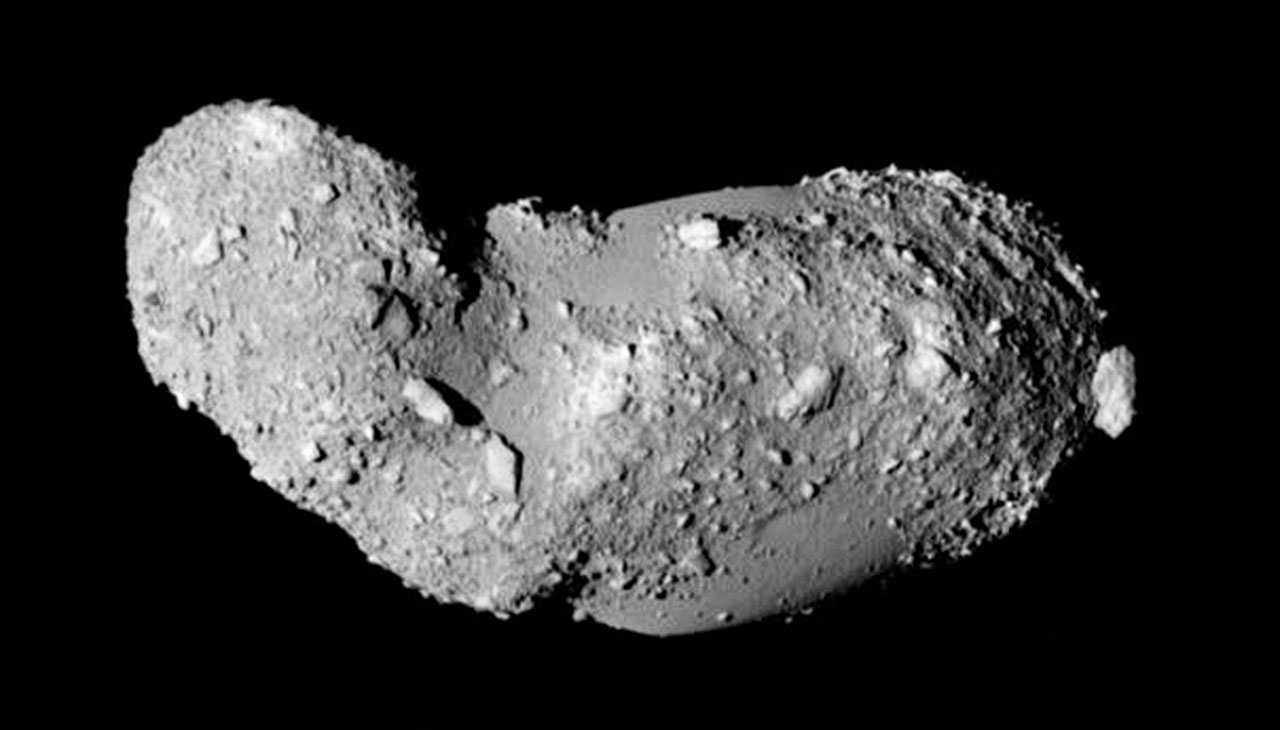Our first picture of a black hole was a huge moment for science. But we can’t stop there. We need better pictures that deliver more information. That’s how we’ll learn even more about these strange, rule-breaking behemoths.
Now a group of astronomers from the Radboud University in the city of Nijmegen, Netherlands, along with the European Space Agency and other partners, are developing a plan to get much sharper pictures of black holes.
Continue reading “The Black Hole Picture Could Be So Much Better If You Add Space Telescopes”

